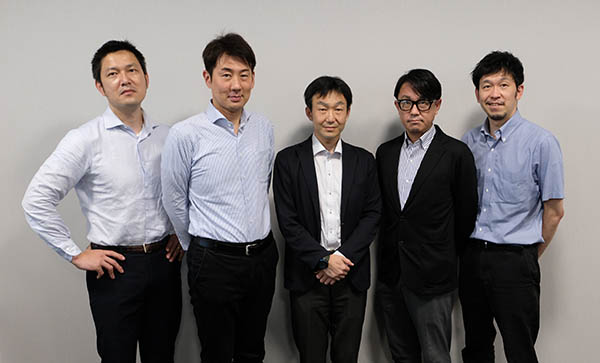IR Fujifilm Managers Interview: About X-H2 vs X-H2s Dynamic Range, Why no 8K/60p, New XF and GF Lens Design and More!

Dave Etchells of Imaging Resource interviewed the Japanese Fujifilm managers Yujiro Igarashi and Jun Watanabe at the last X summit in September in New York.
Down below is the link to the full interview and a summary.
Signal/noise ratio and dynamic range of the X-H2 vs the X-H2S
- “Even though the pixel pitch is narrower than previous sensors, by rearranging the pixel layout (the amplifier circuitry, etc), and using a wider structure for the photodiode, the pixel can now hold more electrons. This means it can accumulate more light before saturating, so we could achieve the ISO 125 capability. These hardware changes also helped keep the dynamic range of still images at about the same level, despite the physically smaller pixels.
180,000 Shutter Speed
- The new sensor gives much more precision in setting the electronic shutter exposure time. That more precise control is what enabled the extremely high shutter speeds.
Pixel Shift
- The camera can capture the 20 sets of images on its own, but it’s up to a software application on a PC to stitch them together; the camera can’t do the stitching internally
Blackout 120fps blackout free live view on X-H2 (just like X-H2s), despite not having a stacked sensor
- The X-H2 can display live-view images at 120 fps because the live-view images are skipped-reading, on the other hand the X-H2S can display live-view images at 120 fps with full pixel count
- Imaging Resources comments that since both the EVF and rear-panel LED are lower-resolution than the sensor itself, not all of the sensor pixels are required to create the live-view image
Why no 8K/60p option?
- The frame rate is limited to 8K/30P by the sensor’s performance limits (readout speed).
X-H2 Crop
- the X-H2 shoots 24 megapixel images, with a 1.29x crop factor relative to the full frame
digital image stabilization in video
- When doing digital image stabilization, the X-H2 crops the sensor by 10%, then expands the video back out to regain the full image size. While it might be possible to achieve more compensation in cropped-video mode, they don’t currently do it.
- previous XF56mmF1.2 was limited to 70cm minimum focus distance because it would have been to soft when focusing closer
- new XF56mmF1.2 R WR has 50cm minimum focus distance thanks to “improved resolving capability at minimum object distance“
- main goal of the new design approach on XF56mmF1.2 R WR was to reduce aberrations and increase maximum sharpness.
- better bokeh thanks to 11-blade aperture
- focus group in the new 56/1.2 weighs 120 grams (3x heavier than in previous version)
- As for the AF speed [between old and new XF56], it is equivalent to the current lens. Although the weight of the lens group is considerably heavier, the same performance has been achieved by increasing the torque of the DC motor and improving the lens drive algorithm.
GF20-35mmF4 compactness and light weight explained
- the Fujinon GF20-35mmF4 is lighter than the GF23mm f/4 and almost the same size
- The most important aspect to make it so compact was the application of the same small-size optical system concept as in the GF35-70mm lens
- internal-zoom design, to make it easier to carry
- lots of aspherics and ED glass, with three aspherical lenses, three ED lenses and one aspherical ED element
- Nano-AR coatings and internal light masks were used to minimize flare and ghosting
- the biggest factor in the compact size of the lens is that it uses a single mechanical cam to move all the lens elements as you turn the zoom ring. The barrel of the cam has two different diameters, and normally it would have required two separate cam assemblies, but the engineers managed to combine them into a single more complex cam that handles all the zoom movements by itself. This reduced both the lens diameter and its weight
- To further help with the weight, we used four different materials in the body of the lens (magnesium, aluminum, brass and plastic parts), letting the engineers make the optimum choice of weight, rigidity, cost and manufacturability for each component.
Fujinon GF 110mm f/5.6 Tilt-Shift Lens
- When we were looking at the market and the different genres or use cases for tilt/shift lenses, we found that there was a need for a longer focal length as well. The Fujinon GF 30mm f/5.6 Tilt-Shift lens was good for things like architectural photography, but the commercial market needed something longer for things like fashion shoots and other studio work
You can read the full interview at imaging-resource here.

